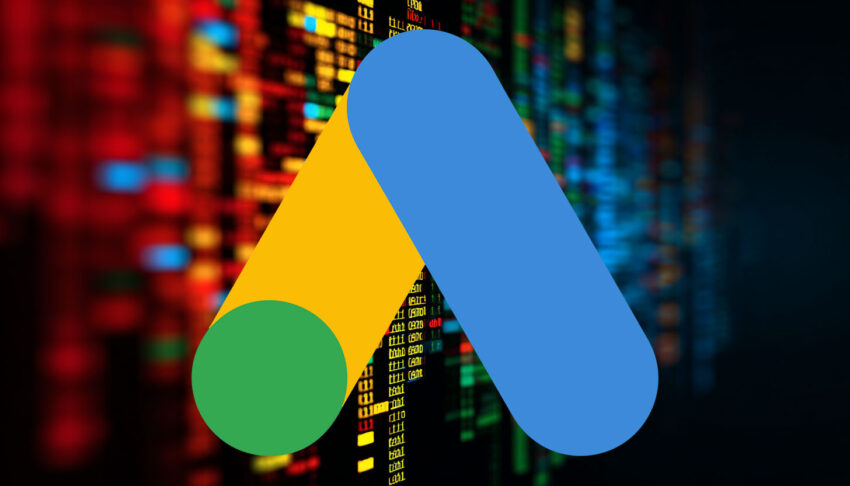Source: Search Engine Roundtable by barry@rustybrick.com (Barry Schwartz). Read the original article
TL;DR Summary of Google Ads API Version 22 Major Update
Google Ads API v22 introduces extensive updates including expanded smart bidding, new features for DemandGen, Performance Max campaigns, and App campaigns optimization. The release adds generative AI capabilities for asset creation and enhances targeting and reporting functionalities. Developers must upgrade client libraries to access new features, while the legacy AdWords API has been sunset. These changes aim to improve campaign automation, asset generation, and audience insights.
Optimixed’s Overview: Unlocking Enhanced Automation and AI in Google Ads API v22
Key Feature Enhancements in Google Ads API v22
Google’s latest Google Ads API version 22 signals a significant evolution in advertising technology, focusing on automation, AI-driven asset creation, and refined campaign management. This update requires developers to upgrade their client libraries to leverage the new features fully.
- Generative AI for Asset Creation: Introduction of the AssetGenerationService (Beta) enables automatic generation of text and image assets using generative AI, based on campaign context and user inputs.
- Campaign & Bidding Innovations: New bidding goals for App campaigns optimize installs without predefined targets, plus support for fixed share of voice bidding. DemandGen campaigns now include a TargetCPC bidding strategy to maximize click efficiency.
- Performance Max Campaign Upgrades: Enhanced automation such as image enhancement and extraction streamlines asset quality, while new campaign segments allow deeper analytics on ad content usage (e.g., product data and video assets).
- Expanded Reporting & Metrics: New click types and segments improve tracking, with advanced support for Smart Bidding Exploration and expanded conversion metric segmentation by date fields.
Additional Important Updates
- Legacy API Sunset: The AdWords API was officially sunset as of April, ceasing operation by end of July, pushing all users to migrate to the Google Ads API.
- Audience & Planning Enhancements: Support for third-party partner data in CRM user lists, enriched YouTube creator insights, and enhanced audience insights with parental status and income ranges.
- Operational Limits & Error Handling: Added limits on batch operations and new error codes to improve API robustness and error clarity.
The Impact on Advertisers and Developers
These upgrades empower advertisers with smarter automation tools, improved asset generation, and richer analytics, facilitating more effective campaign scaling and optimization. Developers must adapt their integrations to support these features, ensuring compatibility and tapping into the API’s enhanced capabilities to deliver better marketing outcomes.
